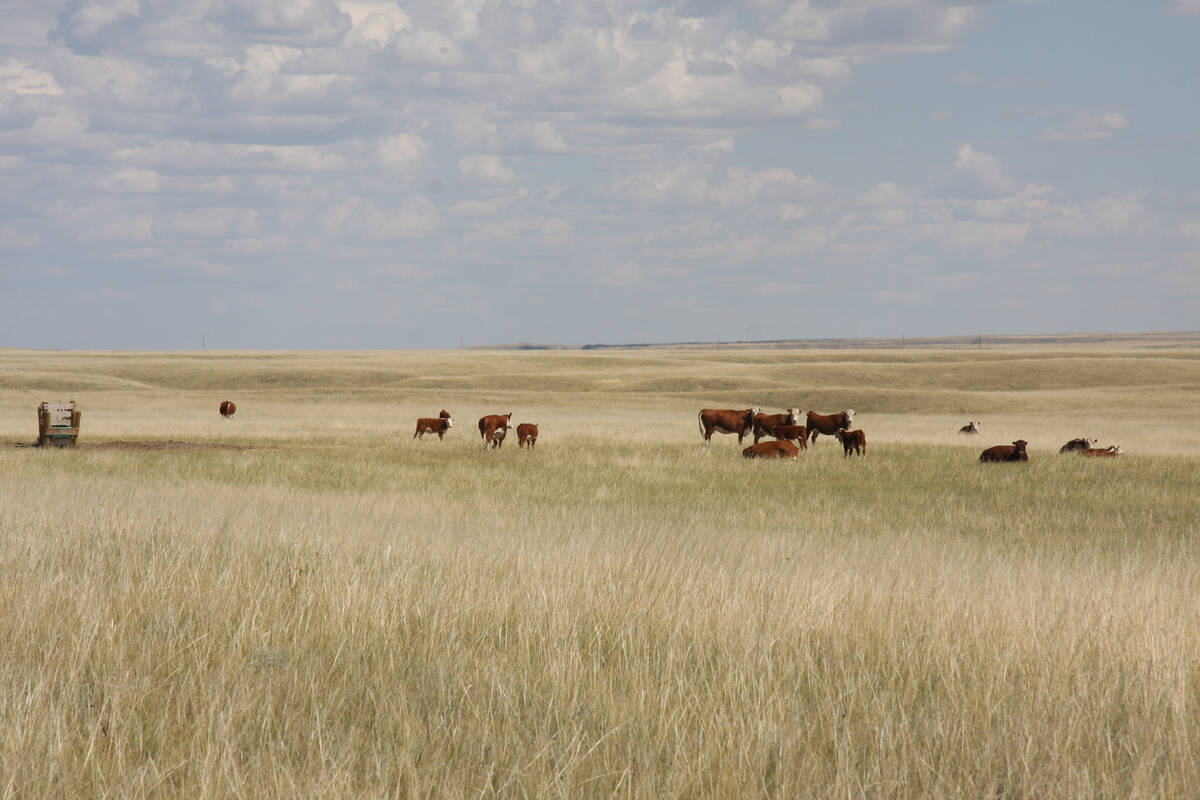LETHBRIDGE – Alberta has launched a long-term assessment of manure management practices that can reduce phosphorus buildup in soil and water.
The study on two watersheds in southern and central regions starts in April, said Brent Paterson of Alberta Agriculture’s irrigation branch.
He said there is a direct link between phosphorus in the upper levels of soil and phosphorus concentration in runoff water on both manured and non-manured fields in Alberta.
“We certainly see that excess nutrients and bacteria are entering both our surface and our shallow ground water resources, particularly where we have unconfined shallow aquifers,” Paterson said at a manure management seminar in Lethbridge Jan. 15.
Read Also

Conservation groups enter grazing lease debate
The Municipal District of Taber in southern Alberta remains at a political crossroads, weighing the interests of generating revenue for public services with conserving native grasslands.
Researchers have documented how agriculture affects water quality, but they can only speculate about the severity of the problem.
Most phosphorus is found in the top 15 centimetres of the soil, and it does not take much of the mineral to result in runoff.
Researchers know that 90 percent of Alberta runoff occurs during snow melt and on frozen ground, but significant amounts of phosphorus continue to appear in water. Researchers speculate that the phosphorus may come from manure or chemical fertilizer.
The worst offenders are intensive livestock operations and cow-calf producers who allow cattle near surface water.
Paterson said the provincial government will work with producers to share costs on developing best management practices to handle manure, monitoring and testing water quality and measuring the costs and other benefits.
A 20,000 acre site called the Indianfarm Creek watershed east of Pincher Creek has been selected and another is being sought in central Alberta. The researchers want to include intensive livestock operations and cow-calf and hog farms if possible to measure the effects of various types of manure handling and the potential for phosphorus buildup in the environment.
This new study will have several objectives:
- Look at improved manure applications and injection.
- Consider composting to reduce manure volume.
- Assess riparian and pasture management to protect water bodies.
- Consider the use of grassed buffer strips to absorb runoff.
Most Alberta soil is phosphorus deficient, but overloading has been found in areas where livestock operations are heavily concentrated.
Excess phosphorus runoff into water bodies causes excessive plant and algae growth. Heavy weed growth chokes out fish because of oxygen depletion and plugs up irrigation systems.
The province wrote manure spreading regulations based on how much nitrogen crops need, resulting in the application of disproportionate level of phosphorus.
Paterson said legislating a phosphorus standard in Alberta would mean significant cost increases to the ILO industry, ranging from 24 percent for poultry to 128 percent for feedlots. The increase would mainly reflect the extra cost of hauling and spreading manure at greater distances.
Paterson said management practices may have to change to force producers to develop a nutrient plan to balance phosphorus.















